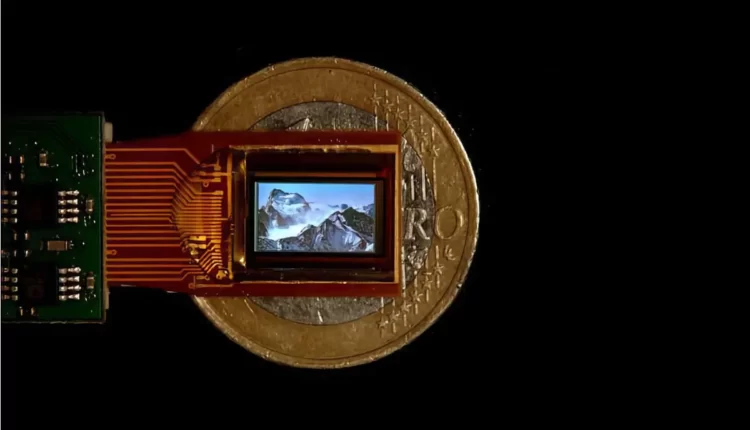In the ever-evolving landscape of display technologies, names like Nano LED, mini LED, and OLED are becoming increasingly common. However, there’s a new player in town, one that’s been making headlines lately – Micro OLED. This technology, not to be confused with Micro LED, is gaining attention for its role in Apple’s latest innovation, the Vision Pro VR headset. In this article, we’ll delve into what sets Micro OLED apart and explore whether it’s set to revolutionize the world of displays.
What Is Micro OLED?
At its core, Micro OLED distinguishes itself from traditional OLED by its pixel size – significantly smaller. To put it in perspective, think of the difference between an iMac screen and an iPod Shuffle. Apple boasts beyond 4K resolution per eye in their new headset, a remarkable feat considering most full-sized OLED TVs fall short of such pixel density.
The secret behind Micro OLED’s pixel perfection lies in its use of silicon wafers as a substrate, as opposed to the glass substrate typically found in OLED TVs. Silicon’s unique chemical properties enable the creation of smaller pixels, with electrons flowing faster and more efficiently through it. To illustrate the point, one pixel on an iPhone display occupies the space equivalent to 64 pixels on a Micro OLED screen.
Brighter and Better?
OLED has, for some time, been associated with lower brightness levels compared to other display technologies, despite its incredible contrast capabilities. However, recent reports suggest that Apple is using Sony Micro OLED displays in its VR headset. These displays feature two white OLED layers, with the light passing through micro lenses to enhance brightness. These innovations promise to elevate the display quality in VR experiences.
The Future of Micro OLED
With such advancements, it’s highly likely that Micro OLED will find its way into millions of devices in the coming years. However, some skeptics argue that it might not become the next big thing in display technology.
For small screens, like those in VR headsets or camera viewfinders, Micro OLED offers substantial advantages. Yet, when it comes to larger panels, its efficiency starts to wane. Surprisingly, Micro OLED is less energy-efficient than the typical OLEDs found in smartphones. The reason lies in its reliance on white light passing through a color filter, unlike the RGB LEDs in smartphones that don’t require a filter. This results in a higher energy consumption for similar brightness levels.
Efforts are underway to address this energy efficiency issue with Micro OLED. Samsung, for example, is developing a version that uses direct red, blue, and green pixels, eliminating the need for a white backlight. However, this technology is still in its developmental stages.
Furthermore, the size limitation of silicon wafers poses a significant challenge for larger displays. Current wafers max out at around 12 inches in diameter. To create a bigger display, multiple wafers must be seamlessly attached, a task that presents its own set of challenges.
The Bottom Line
While Micro OLED undoubtedly offers exciting possibilities for smaller displays and specialized applications, such as VR headsets or heads-up displays for the military, it may not be the go-to choice for large-screen TVs. The diminishing returns in pixel density beyond a certain point, coupled with the expected price premium, could limit its widespread adoption in mainstream television displays.
If you’re in the market for a top-tier VR headset, Micro OLED promises an experience beyond what current LCD technology can provide. However, be prepared to pay the “Apple tax” that often accompanies their cutting-edge innovations.
In conclusion, Micro OLED is a remarkable technology that has the potential to redefine certain aspects of display technology, particularly in smaller applications. Yet, its limitations in terms of efficiency and scalability may prevent it from becoming the next big thing in display tech. Only time will tell how this technology will evolve and where it will find its most significant impact.
#Micro #OLED #Display #Revolution


